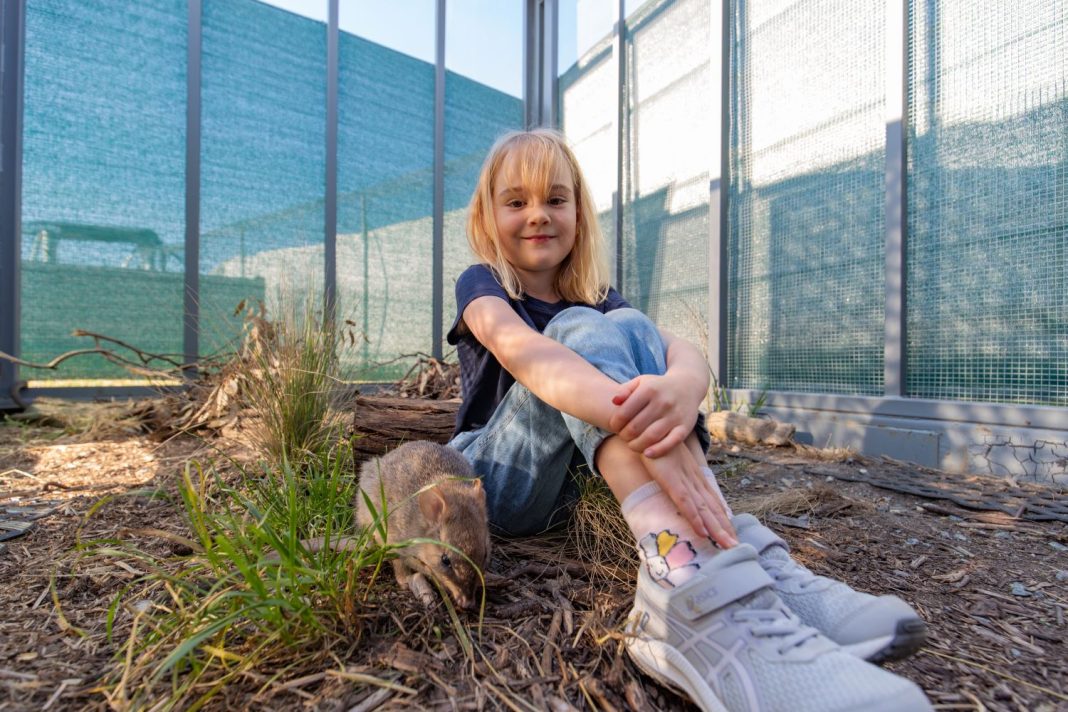Returning to our roots is often a form of homecoming, a journey back to a place or person in which we find comfort and safety. Returning the natural Canberra landscape to its roots, Mulligans Flat Woodland Sanctuary aims to take us back to a time when our fauna thrived.
“We’re trying to recover species that have been missing from the region for in some cases 100 or more years. We’re bringing back animals like the eastern bettong and the eastern quoll and trying to recreate fully functional Boxgum grassy woodland,” says Jason Cummings, CEO of Woodlands and Wetlands Trust.
Twenty years ago, a partnership between the ACT Government and the Australian National University’s Fenner School for Environment and Society saw the birth of the Mulligans Flat-Goorooyaroo Woodland Experiment. Now managed by the Woodlands and Wetlands Trust, and with the Suburban Lands Agency on board, they are cultivating a space where experts in environmental fields and the community can work together to turn the tide on extinction.
“We want to have the community inspired by the art of the possible; what we can do as a society if we dedicate the resources and the provide consistent efforts to recover species,” says Mr Cummings. “The only way we can really get the community inspired is to show them these critters in the wild.”
The Sanctuary encompasses over 1,235 hectares of open space in various stages of revegetation, the country’s largest Box-gum woodland area managed for conservation. It is also the only woodland reserve free from the impacts of invasive European species.
The 22km long fencing has been designed to keep out foxes, rabbits, deer, hares, goats and cats. Hoping to cut down on the extinction of Australian animals, Mr Cummings says the creatures they are reintroducing are at risk of extinction in other areas. He emphasises the more areas that have habitats, the more likely we are to secure their survival.
“They were once here in the past so we think it is important to undo the damage that we have done over the past 150 years of colonisation. We can’t bring everything back – thylacine, probably not – but where there are still remnant populations around the country of what was here, we’ve got the technical ability with our partnerships with ANU to actually bring them back.”
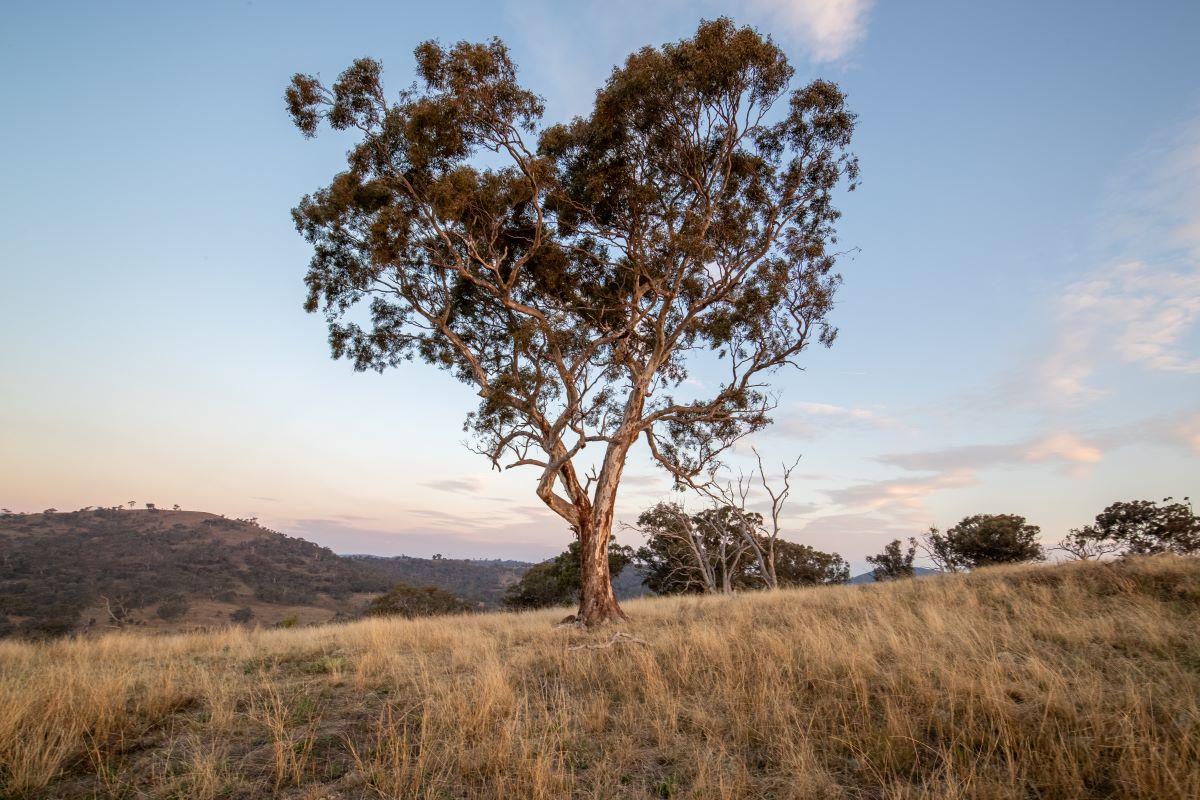
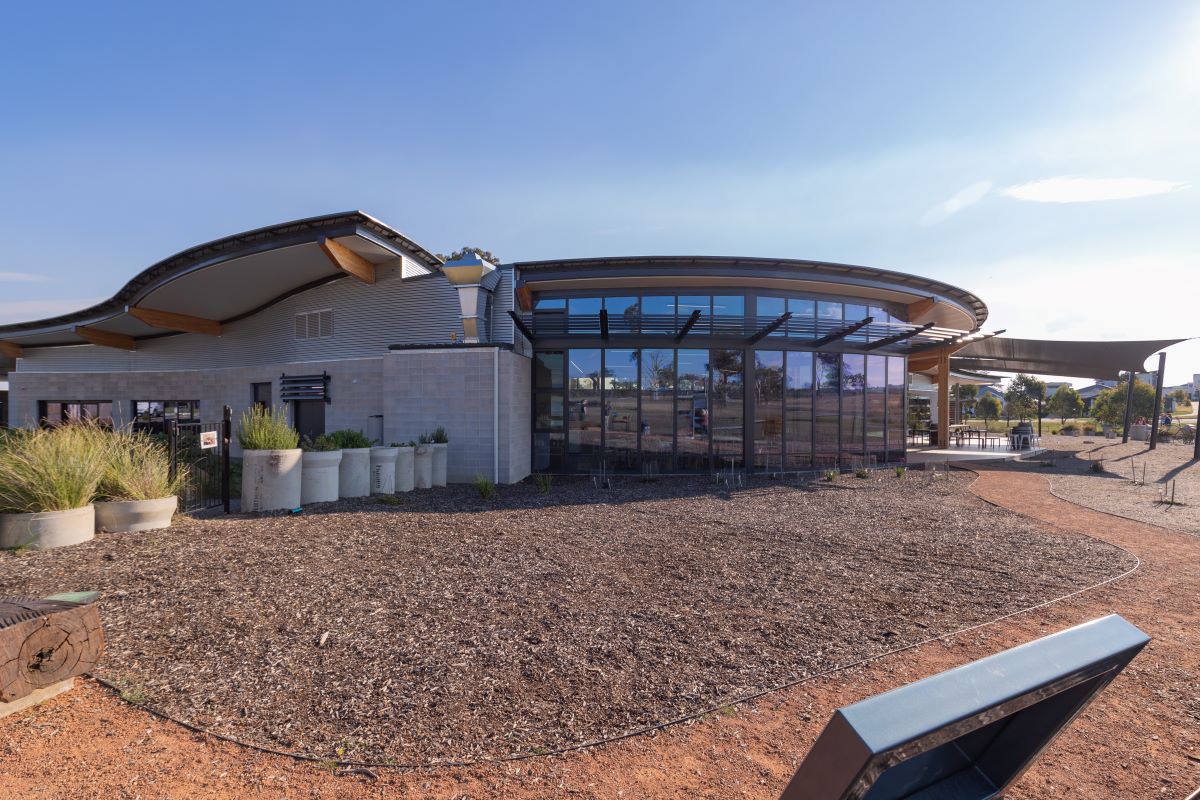
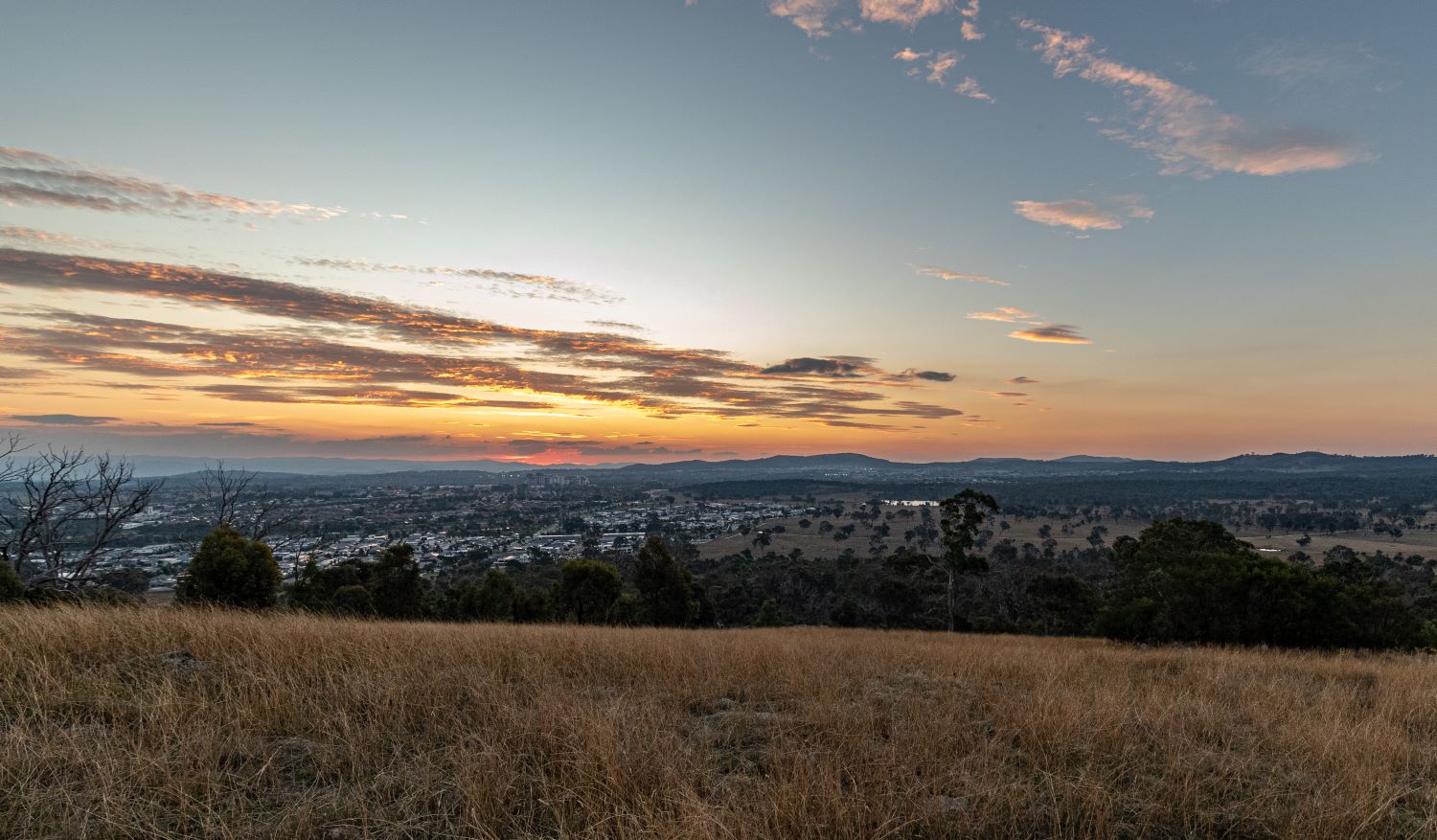
Going back to Canberra’s roots
The Sanctuary is being transformed through world-leading ecological restoration research, community engagement, and adaptive management. Research and programs include revegetation using vegetation mapping, the introduction of deadwood to improve habitat and biodiversity, snake tracking, water bug studies, and in-depth fossil depository examination to discover what used to thrive here.
The team hopes success in reintroducing species that have been unseen on mainland Australia for decades will inspire a call for the same initiatives to be implemented on Mount Majura and across the region. Along with the eastern bettong and quoll, they have seen success in introducing the bush stone curlew, New Holland mouse and spotted-tail quoll and have no plans on slowing down.
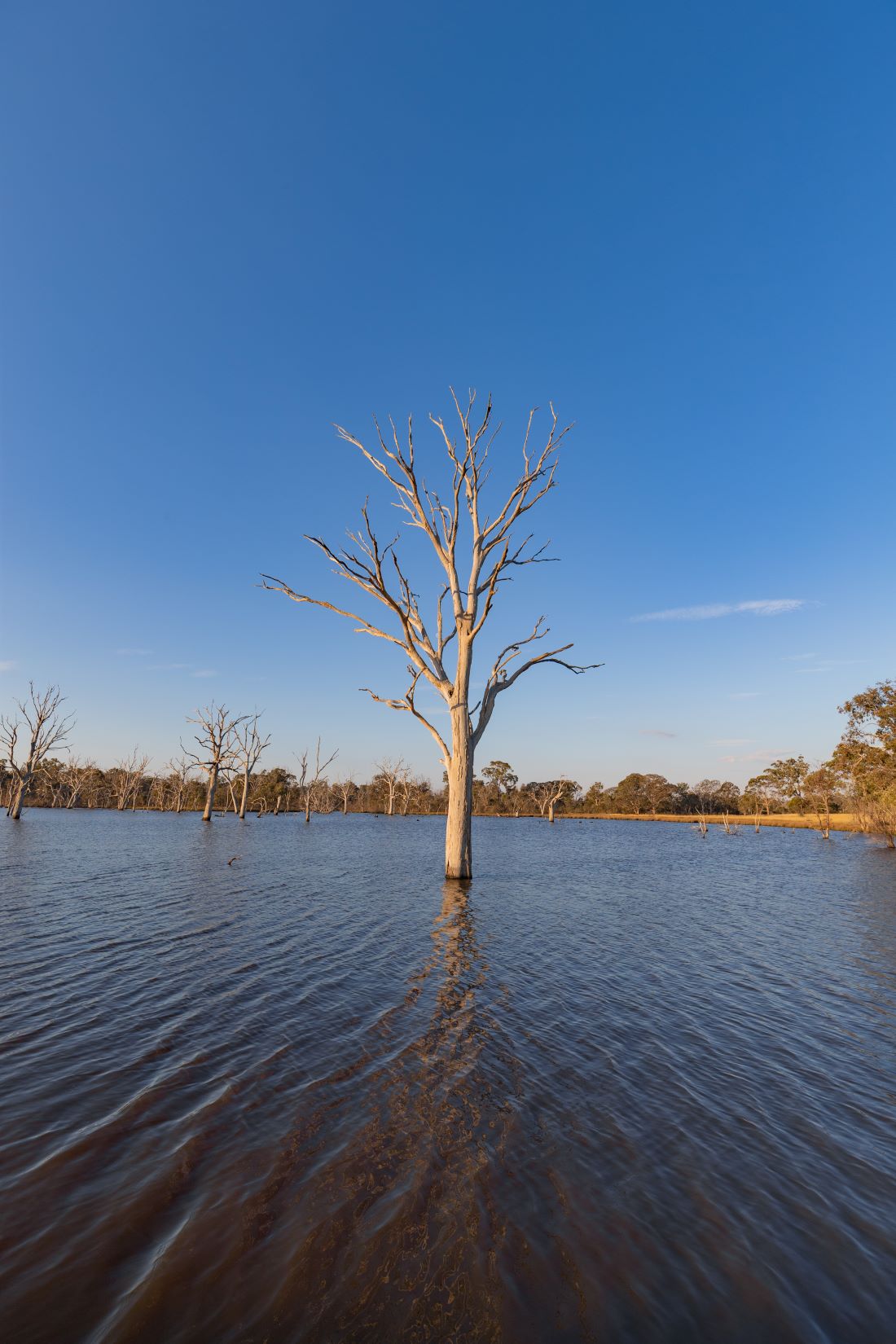
“We’ve got a long list of species we would like to reintroduce, like the koala, southern brown bandicoot, or brush-tailed phascogale… We’re working on the southern brown bandicoot at the moment which is recovering quite nicely following the fires down on the south coast,” says Mr Cummings.
Other creatures that visitors may encounter during their time exploring the vast land include the shingleback lizard, superb parrot, possums, wallabies, kangaroos, echidnas, turtles and more.
With the ultimate goal of extending population numbers beyond the fenceline, Mr Cummings says they have to add predators, like the spotted-tail quoll, to the Sanctuary to ensure survival in the future.
“When we take the foxes out, possum numbers grow, sugar glider numbers grow. We want to have predation in the system so our bettongs are used to having that around them. So, that if one day we can go beyond the fence, we’ve got populations that are savvy to predation.”
Transitioning from the urban to the conservation space, the Wildbark centre acts as a gateway between the two worlds. Operation headquarters, Wildbark is the platform for engaging school and community groups, tourists, philanthropists and anyone with an interest in wildlife. Education is key to ensuring the vision of the Sanctuary becomes a reality.
“We do school tours from early learning centres to primary schools and high schools, we even engage with universities. When students come across to Australia for the first time this is a place that they can interact with and that allows them to explore Canberra and what our missions and goals are,” says Matthew Balken, Education, Events and Experiences Manager.
The customisable tours can be run throughout different times of the day. Mr Balken says the school holiday program is a highlight of their offerings, allowing children to deep-dive into the research and conservation being undertaken.
Educating the wider community on how to restore our natural landscapes, co-exist with the creatures, protect them, and keep the landscape thriving for future generations is a driving force behind Mr Balken’s passion for the Sanctuary.
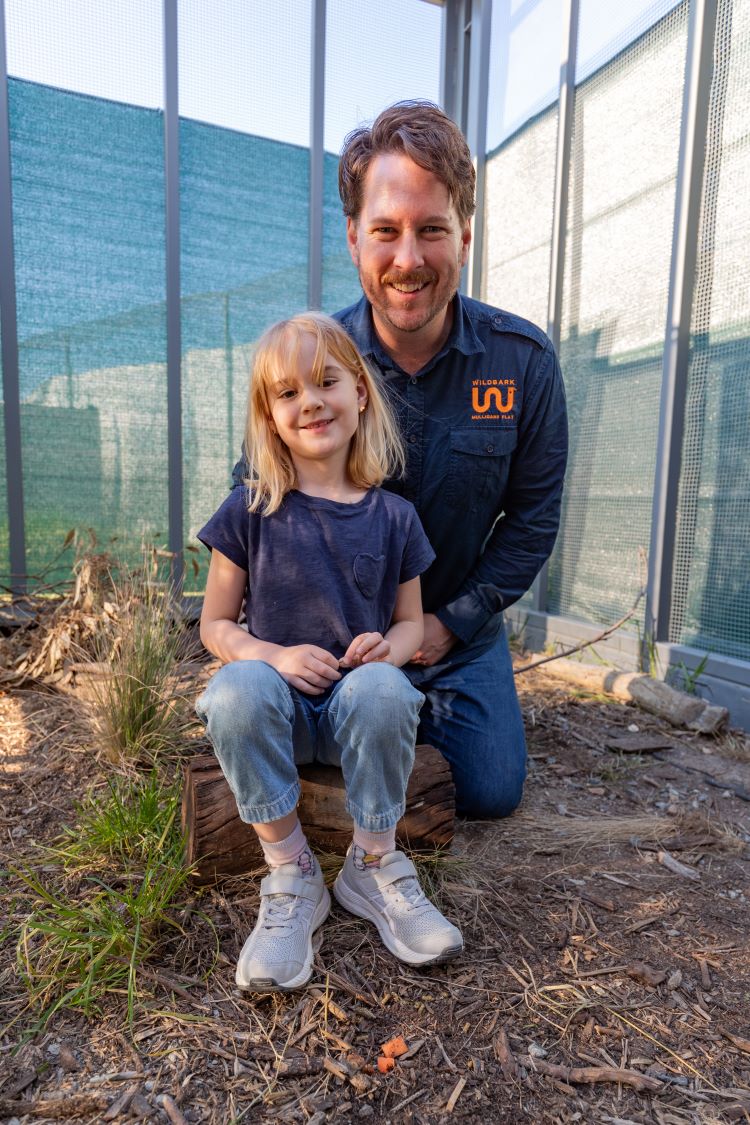
“Canberran’s have so many beautiful spots to go to and this being one of them. I think that education about the space when we either discover it for the first time, return to it, or back on to it, allows families and friends to engage with the space in different ways. Hopefully, that triggers something each and everyone can be part of,” he says.
The traditional owners of the land, the Ngunnawal people, are invited to be a part of the process at each step, from including traditional names on signage to conducting tours and sharing their stories.
The research and smooth running of the Wildbark and Sanctuary offerings wouldn’t be possible without the committed work of the volunteers. From duties like data collection, turtle patrol, gardening, aiding researchers or making a cuppa, Mr Balken says the volunteers are invaluable.
“They’ll be out there on the 4am and midnight sessions setting up traps and supporting the research. Our Echidna sweeps that occur later in the year, we head out with anyone across the community to count up our echidnas,” says Mr Balken.
Explore Mulligans Flat Woodland Sanctuary
Explore in the way that suits you; there are bus tours for mobility, self-guided audio tours, or explore at your own pace. They often get families coming for a day out, and photographers both wildlife and astral flock to the Sanctuary to secure the perfect shot. Wildbark also runs wildlife encounters and Twilight Tours which allows visitors to get to know some of the inhabitants.
“All of the nocturnal species that are here, it is the best opportunity to see them and winter, even though the temperature drops, gives you an even more magical experience,” says Mr Balken.
CW embarked on the Twilight Tour with our passionate and informative guide Nikki. We learned about the mission of restoring the lands European settlers tried to turn into reincarnations of their homelands.
Take a moment to soak up the beauty of the Sanctuary as you capture the sun setting over the dam before grabbing your torches and heading out to find nocturnal creatures. A woodland rendition of Where’s Wally, search through trees, shrubs and reintroduced fallen tress with your redlight on the hunt for bettongs, curlews, gliders and more.
Moving quietly through the woodland in a small group, we spotted a number wild bettongs. Nikki explained that bettongs are ecological engineers who craft up to 43 nests in their habitats. We also heard the story of Rowena the curlew who flew over the fence and was eventually found in someone’s front yard.
An excellent way to spend an evening in the fresh air, the Twilight Tour was a marrying of history, science and adorable native animals. Excitement from being the first to spot an animal was enhanced by the story of their introduction to the Sanctuary, a must-do for those who love Canberra, nature and history.
There is something for everyone to love at the Sanctuary. For Mr Balken, it is the hills and ranges deep within the space that you only come across after a long exploration. He says each day there you discover something new or learn something about a specific plant or tree, the wonder is endless. So, when is the best time to go?
“I’d love to say sunrise but I’m not a sunrise person. So, the twilight or the evenings. Watching that sunset it is a spectacular opportunity to be out in the Sanctuary and witness the lives and reflect on what we do,” smiles Mr Balken.
Mulligans Flat Woodland Sanctuary is always open for visitors, find out more about tours and experiences through Wildbark; wildbark.org.

